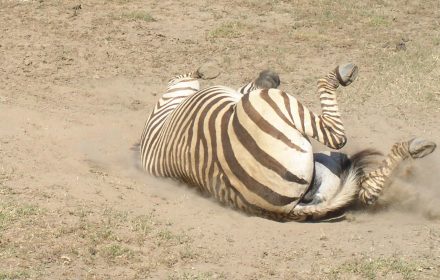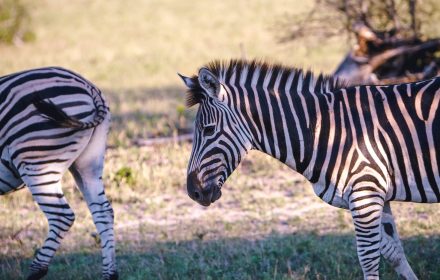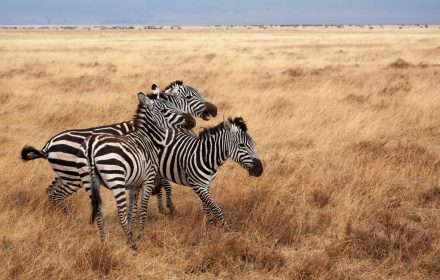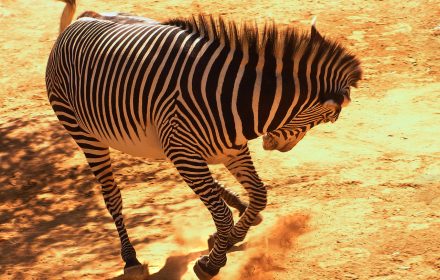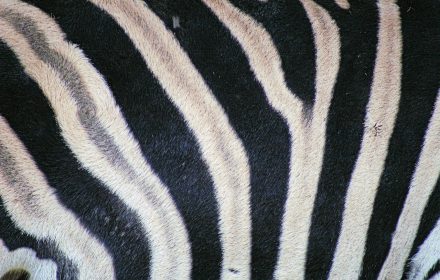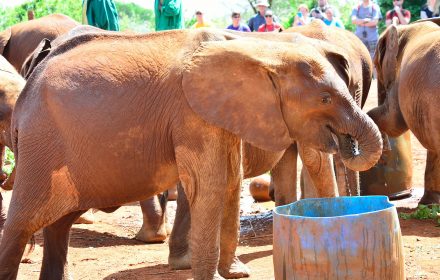Plains zebra are not a threatened or endangered species. Red List classifies it as a species of Least Concern, or Near Threatened with the most stable population. They are widespread. Their numbers probably exceed 750,000. There are an estimated 150,000 Plains zebras on the Serengeti-Mara Plains alone. But there are far fewer of them today than there once were. Tanzania has seen a 20% decline of Plains zebra in a decade. Measures are necessary to guard against the possibility of further reductions. Plains zebras are susceptible to hunting for their meat and hides as well as habitat loss from farming.
August 14, 2023
People often wonder how Grevy’s zebra got its name. In 1882, the then Emperor of Abyssinia considered it so regal that he presented one to the President of France whose name was Jules Grevy. That led to the coining of the word Grevy’s zebra. There are several theories as to the function of their streaks. According to a school of thought, its equine ancestor was striped, but they lost it during the evolution of horses and asses. Charles Darwin opined that stripes are used as a camouflage to keep them safe from predators. But that theory has recently been refuted.
The skin of Grevy’s zebra fetched a high price. Hence they used to be killed for their skins. Today Grevy’s zebra belongs to the endangered species. Therefore their long-term survival is moot. The wildlife authorities have taken the matter into their hands. They have taken some serious conservation initiatives. These actions have improved the status of Grevy’s zebras. However, there still face challenges. Laikipia and Borana are the names of two game parks in Kenya. They are home to the largest Grevy’s zebras. So let us take a visit to these parks and see how the Grevy’s zebras are faring.
Zebras are close relatives to horses and donkeys. The only difference is that it is difficult to domesticate zebras due to their wild nature. Zebras have been able to breed with other species of equine such as a horse or a donkey. The hybrid foals thus produced are known as a zorse or a zonkey. Zebra hybridization has been in existence for a century. The author of the 1899 Penycuik Experiments, Ewart, was one of the pioneers in this field. Several such hybrids now exist around the world. Zonkeys and zorses are infertile animals and are unable to reproduce themselves.
Zebra stripes stand out among other African grazers. Their black and white stripes seem so out of place in the bush, in particular against a plain savanna background. So why have stripes at all when that would make them conspicuous and exposed to the ubiquitous predators? The zebra stripes remain a mystery to science even today. Zoologists have yet to unravel the mysteries behind its signature-striped suit. Scientists are not sure why zebras have not blended in with the browns and reds or why they have stripes. There are many theories and counter-theories to this riddle of zebra stripes.
Visits to the Sheldrick elephant orphanage are allowed for an hour from 11 am to 12 pm when they bring the youngest nursery inmates to a cordoned area for their exercise and daily mud bath. There they bottle-feed the hungry infants. Visitors are free to watch, get close or even touch them but not allowed to feed the animals. The keepers tell stories to the visitors about how the elephants are faring and how the former orphans are progressing. After that, the animals return to the entrance. Visitors are allowed to adopt elephants for a fee of $50/- a year.

